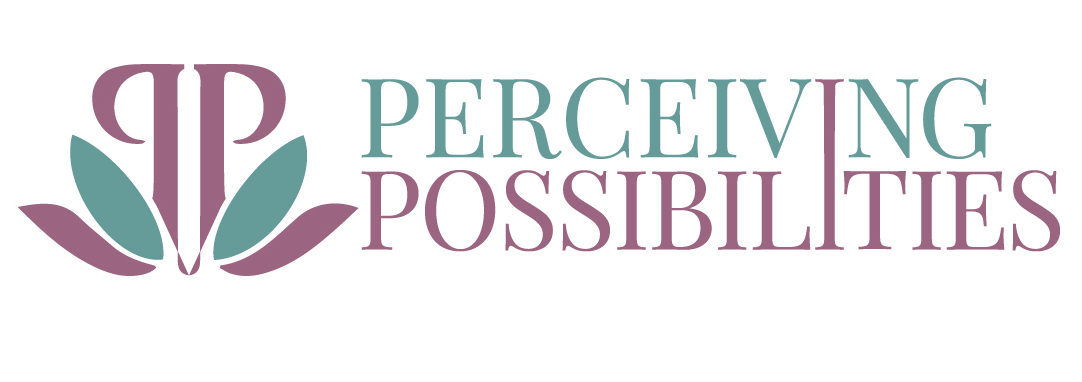If you were an amusement park ride, what kind would you be?
Have you ever been asked an interview question like this? I know people who have. It’s a waste of time because it doesn’t tell you how well they can perform the job. Yet, I still hear people asking questions like this.
I get it. Early in my career, my interview process contained some pretty awful questions. I was not too fond of the process of interviewing candidates and wanted to make it fun. But questions without a basis for assessing potential performance make your interviews less effective and can introduce biases.
When your interview isn’t effective, you may be setting a new employee up for failure.
When your interview is biased, you can contribute to perpetuating institutionalized racism.
Depending on the position being hired, the number of questions and people involved in the process will vary, but the basics of a good interview are the same.
Pre-Interview Prep
Don’t ever go into an interview cold. There is a lot of prep to do to ensure your process is as bias-free as possible (and legally defensible).
- Create a standard set of questions based on the competencies required to be successful in the position (use no more than 7). The best types of questions are open-ended and ask the interviewee to describe their behavior around a specific competency or qualification linked to their ability to perform the work or help meet the organization’s objective.
- Example: Describe the most difficult customer you have ever dealt with, including the relevant details of the situation, your response, and the outcomes.
- For most positions, the interview session should not last longer than 90 minutes. Make sure to calculate around 10 minutes to answer each question to limit the number of questions appropriately.
- Create a scoring key that identifies a scoring range and the exact qualification to receive each scoring level.
- Example: Possible score 0-5. 4-5 = 90-100% of the competency demonstrated, 2-3 70% – 89% of the competency demonstrated, 0-1 Little to no demonstration of this competency.
- Put together a panel (at least two people) to conduct the interview. Having multiple raters in the interview helps decrease biases in hiring.
- The panel should meet before the interview process to decide who is leading the interview and is asking which questions. Review potential follow-up questions if the interviewee doesn’t provide enough detail in their initial answer. (Keep this consistent for all interviews in the process so as not to introduce additional sources of bias.)
- Create a standard introduction and conclusion for every interview.
- When creating the interview schedule, make sure there are significant breaks between each interview to allow the panelists time to thoughtfully assess the candidate’s qualifications and write any additional notes. This also helps to mitigate possible interview fatigue, which can impair your assessment.
The Interview
Remember that an interview is as much about the applicant deciding if they want to work for you as it is about you deciding on the best candidate.
- Make sure that a panelist (or someone familiar with the interview process) greets the applicant promptly and escorts them to the interview.
- Provide water, pens/pencils, paper, and any other items the applicant may need or want during the interview. You want to show you care about their experience.
- Introduce everyone and allow for a little informal chit-chat (e.g., Did you have any trouble finding parking?) to break the tension. Be sure not to stray off into prohibited information, such as asking how their family is doing.
- When asking the questions, read them word for word; remember you took time to carefully craft these questions to reduce bias, don’t reintroduce it now.
- Every applicant will come with a different backgrounds and experience. Some will speak longer than others; the length of the answer doesn’t matter as long as they cover the criteria for evaluation. It’s OK to ask follow-up questions to gain more information if needed to assess their answer.
- Follow-up example if you need more detail: Can you describe the specific steps you took to resolve the situation.
- Make sure the lead panelist is controlling the interview. This entails ensuring standardized follow-up questions, keeping track of the time, and getting a complete picture of the candidate.
- Take notes! The notes should describe only what the applicant said and did, not the interviewer’s judgments or inferences. Try to capture the situation, their actions, and the outcomes for each question as close to their words as possible.
- When you close the interview, be specific about the next steps and timing. Give the candidate time to ask questions and ALWAYS thank them for their time, and escort them back to the exit.
Post-Interview Candidate Assessment
Each panelist must assess the candidate before the panelist talk as a group. Within the group discussion, each qualification is discussed until a consensus is reached on the rating. Then the group records their total assessment and notes.
This is a critical piece of the process where bias is likely to slip in if you are not on the watch for it. When raters consciously or unconsciously include information not provided by the applicant or are influenced by other factors, it introduces bias to the rating.
Here are common errors in evaluation to avoid if you want to reduce bias.
- The most obvious way to reduce bias is to ensure you are not evaluating using stereotypes. This requires that panelists have done the work to understand and recognize unconscious bias. Stereotypes in the interview process go beyond the well-publicized demographics of race, ethnicity, gender, and age. The other common stereotypes to watch out for are education level, degree conferring institution, types of jobs held, companies worked for, gaps in employment, “downward” career moves, and the list goes on. If you hold a belief about one of these categories, it’s a stereotype and should not be used for any assessment.
- Do not use your first impression as part of your assessment. This is difficult as our brains are hardwired to make assumptions based on first impressions. The key here is to understand that your first impression is based on your personal beliefs, not the candidates’ qualifications.
- Watch out for the “Halo or Horn” effect. You may feel overly positive or negative about one characteristic of the applicant, but do not allow that one characteristic to influence how you assess all the other qualifications.
- Be sure that you are not comparing applicants when assessing. Focus only on how the candidate you are assessing matches the qualification criteria. This avoids over- or under-assessing a candidate based on how someone else performed in an interview.
- Avoid falling into the “Similar/Dissimilar-to-Me” trap. You are naturally inclined to feel positive about people who are similar to you and negatively about those who are dissimilar. To eliminate bias, you must be mindful not to let these feelings change how you evaluate the candidate’s qualifications.
To ensure you are an ethical, objective interviewer, you must take the time to develop your self-awareness. Self-awareness holds the keys to countering bias in all that you do. As a leader, working to recognize biases and eliminate them from any decision-making process is critical to having a healthy workplace where employees feel a sense of belonging and are encouraged to show up authentically.
It takes courage and vulnerability to do the work needed to create a workplace of belonging. Working with a coach can give you a safe space to explore bias and give you the confidence to lead authentically.






